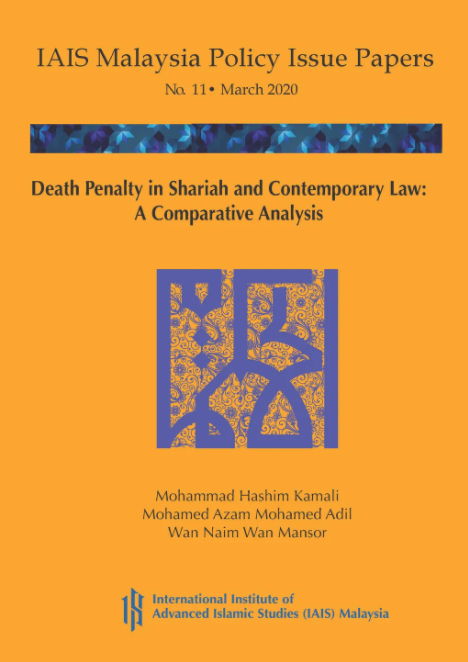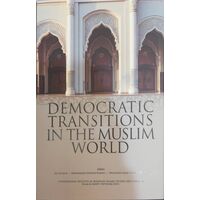PIP 11: Death Penalty in Shariah and Contemporary Law: A Comparative Analysis
Author: Mohammad Hashim Kamali, Mohamed Azam Mohamed Adil, Wan Naim Wan Mansor
Publisher: IAIS
ISBN:
Pages:
Year: 2020
Price: RM8
The twentieth-century international campaign for the abolition of the death penalty was given a shot in the arm by two important treatises: the Universal Declaration of Human Rights 1948, and the United Nation's Covenant on Civil and Political Rights 1966. The period also saw European and American laws undergoing evolutions parallel to that of the United Nations, like the European Convention on Human Rights 1950, the American Declaration of the Rights and Duties of Man 1948, and the American Convention on Human Rights 1969.
In Muslim countries, this abolitionist trend has also gained traction. Even in countries that have retained the death penalty, the practice of issuing temporary suspensions or minimising the number of actual executions has increasingly become the norm in many Muslim-majority states. In light of these developments, this Policy Issue Paper (PIP) attempts to provide a fresh Islamic perspective on the death penalty. The PIP is presented in two parts, the first of which consists of a juridical-fiqhi analysis on the death penalty that begins with a critical review of the three shariah categories of offences (the prescribed penalties-hudud, just retaliation-qisas, and discretionary penalties-ta'zir), and the advances an alternative interpretation of the source evidence on whether or not there is a case for mandatory death openalty in shariah. There is no issue over the existence of the death penalty in shariah, but the question examined here is over the status of mandatory death penalty. The second part of this PUP reviews developments in eight Muslim countries, namely Malaysia, Indonesia, Brunei, Turkey, Saudi Arabia, Pakistan and Iran that are on the whole considered to be influential and representative of existing body of opinion in the Muslim world. Yet as will be seen, each country presents a different scenario and the picture we present illustrates the varying contexts and approaches taken by each country in regard to the death punishment.








